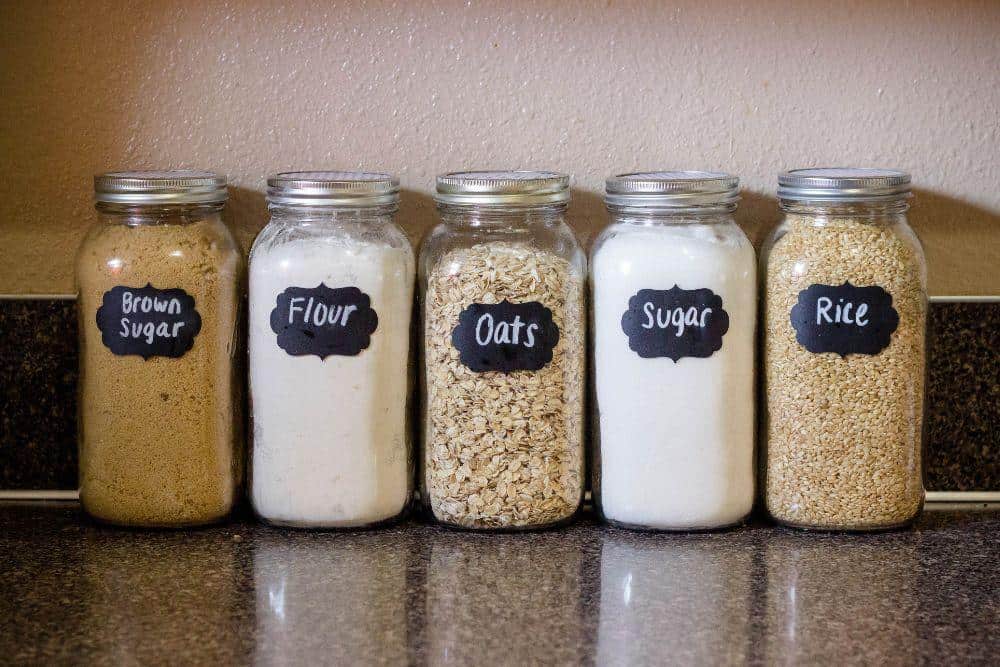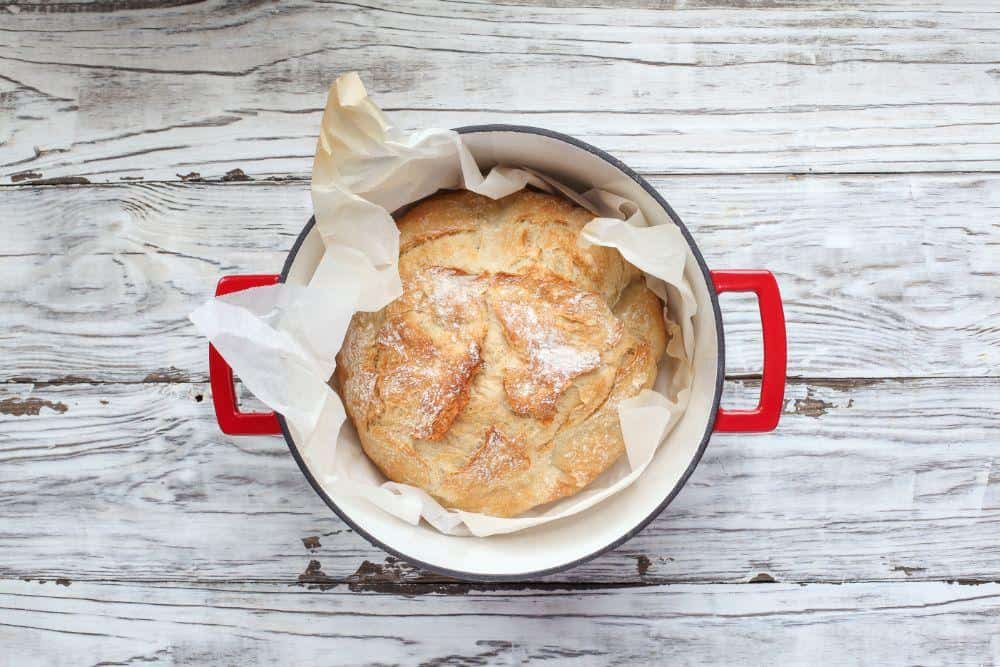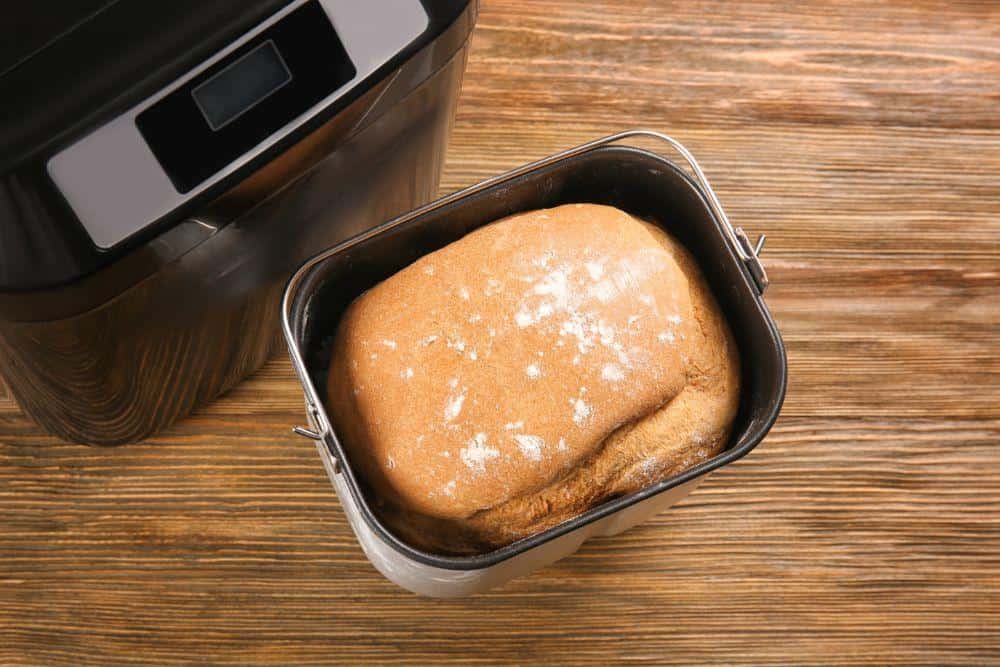Are you an avid home baker? Do you love to whip up loaves of bread, batches of dinner rolls, and tiers of cakes? Whether you are a seasoned baker or a novice in the kitchen, hamburger buns are a delicious project to take on, but depending on the recipe you choose, you may be left with the question: “should I put flour on buns - and what kind?”
This article will answer all your questions about using flour on homemade burger buns, such as when to put on flour, what kind of flour to use, what flour does on buns, and what happens if you don’t use flour.
Get your apron out, and read on to learn more!
This section will introduce the types of flour you are likely to see on the shelves at your grocery store. It will cover the significant differences between the kinds and the best uses for each variety.
If you’re wondering, “should I put flour on buns - and what kind?” The answer is that the best flour to use is the type of flour the buns are made with for dusting on top, but there is generally no harm in switching up the kind of flour on top. Read on for the details!
All purpose flour (also called AP flour or white flour) is a bleached flour and the most common type of flour you will encounter.
As the name states, it is ideal for various uses, such as cookies, rolls, pancakes, biscuits, and pasta dough. It contains a mid-range protein content (around 10-13%,) which means that your baked goods will have a solid structure while remaining soft and tender.
As you might have guessed, all purpose flour is ideal for buns and rolls and is the best kind of flour to use on top of the buns as well.
The next option, bread flour, is similar to all-purpose but has a higher protein content (up to 15%). While this may seem like a slight difference, the extra few percentages of protein in bread flour helps to give a solid structure to your baked goods and create a dense, chewy texture that’s ideal for loaves of bread and bagels.
Although most bun recipes aim for a soft texture that is best achieved without bread flour, using bread flour on top of the buns will do no harm.
Whole wheat flour is exceptionally dense and fibrous. However, it cannot be substituted for all purpose flour or bread flour because the wheat germ inside causes it to absorb liquid differently, affecting the outcome of your baked goods.
Even though you should avoid substituting whole wheat flour as an ingredient in your buns, it is acceptable to use it as a dusting on top of them. If you do so, make sure only to use a light coating so that it doesn’t weigh down the buns and prevent them from rising.
Cake flour is primarily used for–you guessed it–cakes. It has an extremely low protein content that lends itself well to delicate, soft baked goods such as sponge cakes, angel food cakes, and chiffon cakes. However, it is not ideal for loaves of bread and denser items, including buns.
However, cake flour will work well and not cause any issues if it’s only used for dusting on top of buns.
Pastry flour has a lower protein content than all purpose flour but a higher one than cake flour. It is still a very soft flour that is perfect for recipes such as muffins, pies, and puff pastry. It is generally too weak to be used in yeasted bread like hamburger buns but can be used as a dusting to prevent sticking.
Vital wheat gluten is a specialty flour with a very high protein percentage that can vary between 40% and 80%, depending on your chosen brand. It is often used as a supplement to increase the gluten content of low protein flours and to create meatless proteins such as seitan.
Vital wheat gluten is not well-suited to baking buns or for use as a dusting on top of buns and breads.
More people now than ever before are avoiding gluten in their diets, which means that gluten-free products are becoming even more prevalent. Gluten-free flour is a relatively new development and typically contains a blend of non-wheat flour alternatives, such as rice, potato, corn, buckwheat, and other starches.
You can use gluten-free flour in the same contexts as all-purpose wheat flour. If you use a gluten-free bun recipe, this flour is ideal for topping the buns to keep them free of wheat.

Different Types of Flours can Give Different Effects
This section will cover different answers to the question “should I put flour on buns - and what kind?” A few of them might surprise you!
The number one reason why home and professional bakers put flour on their buns, rolls, and breads is to create a rustic, decorative look. In yeasted, crusty loaves, such as sourdough bread, a dusting of flour on the surface of the bread is needed for bakers to carve designs into the outside.
In professional bakeries that produce many different types of bread daily, flour dustings are a common way for bakers to tell the various kinds of bread apart.
Another reason you will commonly see loaves of bread and rolls dusted with flour is that this coating helps to prevent sticking. Before going into the oven, raw bread dough can be sticky and difficult to handle. A light coating of flour makes it much easier for the baker to pick up and hold the dough.
This flour coating may happen intentionally or by accident. If a ball of proving dough is set on a floured surface, some of the flour will likely stick to the outside of the dough and be transferred to the oven.

Flour is Often Used to Top Buns and Bread For Various Reasons
This section will describe the ideal time to put flour on your buns and what can go wrong if you apply the white coating at the wrong moment.
If you choose to put flour on your homemade buns, you should always do so before they go into the oven. Putting flour on buns before they are baked or put in a bread machine eliminates the possibility of consuming raw flour, which is a risk for the health and safety of anyone consuming your buns.
If you are using store-bought buns and are thinking about dusting them with a bit of flour to give them the appearance of being homemade, think again. Raw flour may contain germs such as E. coli that can cause food poisoning if consumed. Treating the flour with heat by cooking kills these germs and renders the flour safe to eat.
Thus, putting flour on the buns before baking them makes them completely safe to eat. However, if you are very committed to placing flour on buns after they come out of the oven, there is a trick you can use to reduce the risk of getting sick from consuming raw flour.
Spread a small amount of flour into a thin layer on a baking sheet, and put it in a 350-degree oven for about five minutes. Let it cool completely, and you will be left with cooked, germ-free flour that is safe to put on buns that have come out of the oven.

Be Sure to Cook Your Flour Before Consuming to Avoid Contracting Illnesses
